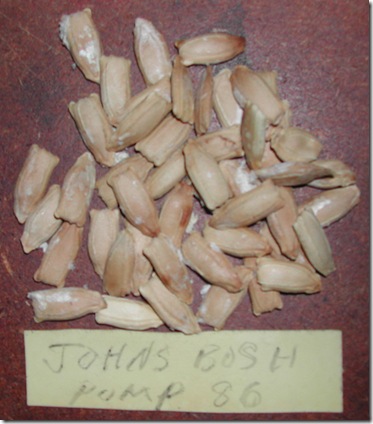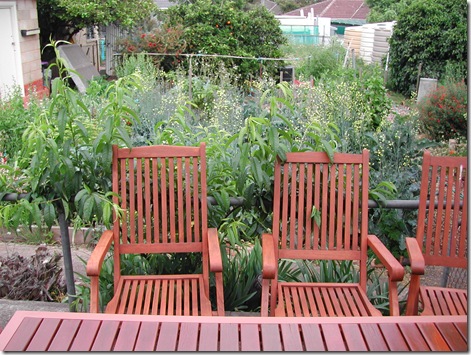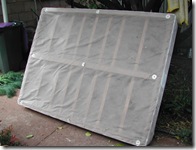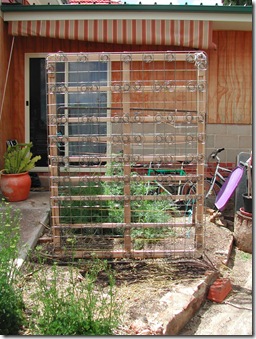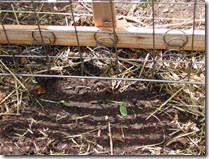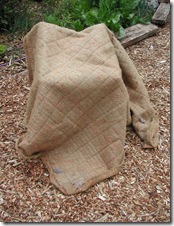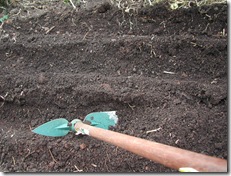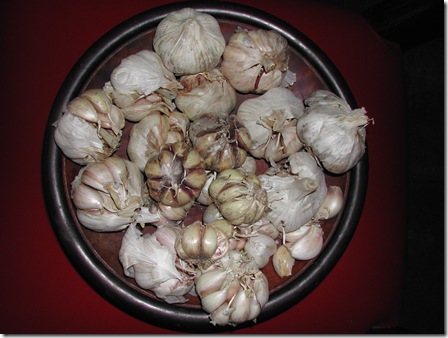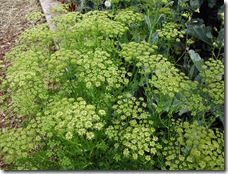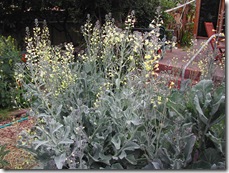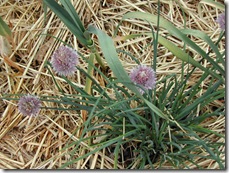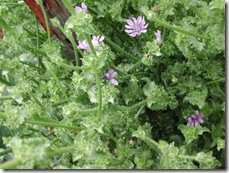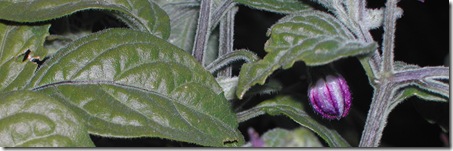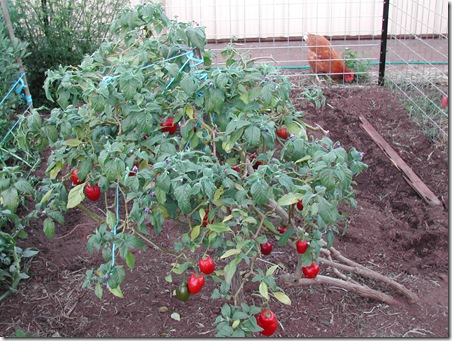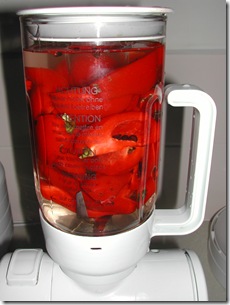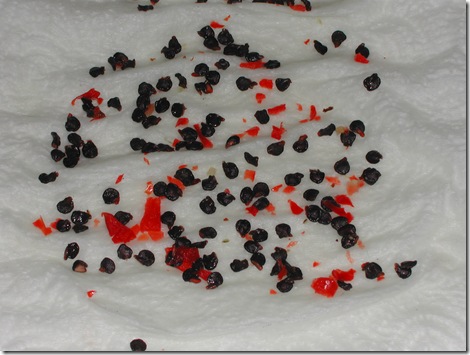The old blokes in my neighbourhood have been quietly passing on one by one this past decade, leaving me with the sinking feeling that I’ll soon be the last gardener left standing in the district. ‘Urban in-fill’ is the current euphemism for turning once-productive kitchen gardens into houses packed cheek-by-jowl onto the old quarter-acre blocks that once represented the Australian Dream; one’s own home with fruit trees, chooks, vegetables, compost heap, rain water tank and wood-heap in the backyard, with a patch of lawn at the front for the kids to play on.
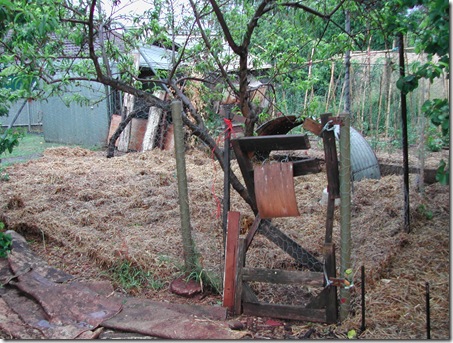 Nowadays, modern folk drive all sorts of distances to ‘work-out’ in gymnasiums or ‘tan-up’ in solariums – all under cover – where once the simple pleasures of bending and lifting, twisting, kneeling, pulling, reaching, climbing and carrying stuff around our gardens fulfilled all those needs out in the fresh air and sunshine. No gym fees back then. Instead, our kitchen gardens returned nutritious food and a healthy lifestyle, neighbourly connections and a place to show the grandchildren at first hand how nature works her daily miracles.
Nowadays, modern folk drive all sorts of distances to ‘work-out’ in gymnasiums or ‘tan-up’ in solariums – all under cover – where once the simple pleasures of bending and lifting, twisting, kneeling, pulling, reaching, climbing and carrying stuff around our gardens fulfilled all those needs out in the fresh air and sunshine. No gym fees back then. Instead, our kitchen gardens returned nutritious food and a healthy lifestyle, neighbourly connections and a place to show the grandchildren at first hand how nature works her daily miracles.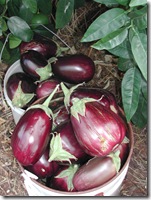
Kitchen gardeners have traditionally been the custodians of our old heritage open-pollinated non-hybrid vegetable seeds – seeds that have been passed along from generation to generation. And so I’ve been quietly adding the last seed collections of these older chaps to my own, growing them on year after year to keep these locally-adapted and tasty varieties alive.
 From a rather vociferous Sicilian chap down the corner has come my collection of broad beans, which produce huge pods over 25 cms long on short plants – I suspect this variety are what the heritage seed companies call ‘Aqua Dulce’, which dates back to about 1844.
From a rather vociferous Sicilian chap down the corner has come my collection of broad beans, which produce huge pods over 25 cms long on short plants – I suspect this variety are what the heritage seed companies call ‘Aqua Dulce’, which dates back to about 1844.
The widow of the old Italian man over the road let me fossick around in the ancient rusty shed down the back of his garden, and I took over his seed collection and grow on his zucchinis and ‘Rapa’ – a bitter broccoli that tastes just fine when stirred into pasta.
Some of the old Aussies in the district fought in the Second World War, and came home as young men to start gardens and raise families. Two of these old Diggers probably fought my German wife’s uncle, who was part of Rommel’s Afrika Korps in North Africa.
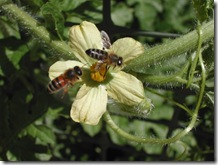 Basle – just a few doors down – was a sergeant in the Australian Transport Division, and his seed collection consisted of packets of Yates Seeds that are still available down the local hardware store. Nothing too exciting there.
Basle – just a few doors down – was a sergeant in the Australian Transport Division, and his seed collection consisted of packets of Yates Seeds that are still available down the local hardware store. Nothing too exciting there.
But then there’s Bert – the subject of this small yarn – who died in March this year aged 101. Bert was one of the famous Rats of Tobruk – the beleaguered Australian forces who defended the Allied toe-hold in North Africa at Tobruk in Libya for nine long months during the darkest days of WWII, preventing the German panzers from gaining access to vital re-supply routes by sea across the Mediterranean.
Bert lived in a 1910-era cottage surrounded by an industrial estate that I walk through on my way to work each day.  Bert was as fit as a Mallee bull right up past his one hundredth birthday, and could often be seen walking down to the local shops or trimming the fruit trees around his house. Bert’s son – himself in his sixties – knew of my interest in heritage vegetables, and turned up at my office last week with Bert’s remnant seed collection, stashed away in old tins and jars of the sort beloved of seed-savers.
Bert was as fit as a Mallee bull right up past his one hundredth birthday, and could often be seen walking down to the local shops or trimming the fruit trees around his house. Bert’s son – himself in his sixties – knew of my interest in heritage vegetables, and turned up at my office last week with Bert’s remnant seed collection, stashed away in old tins and jars of the sort beloved of seed-savers.
Bert was the last of his kind around here; one can only imagine what view he might have formed of the modern folk around him, especially the ‘boom-boom’ coming from the converted warehouse opposite his front yard where all the young Mum’s leap out of their cars to leap up and down inside to the window-rattling exhortations of some young chap whose main mode of communication seems to whooping and yelling. (I should know – I walk past twice a day, every working day!)
Bert’s gone now, but his seeds remain. Most intriguing of all are those in an old jar that once held Jalapeno stuffed olives, and bearing a pencilled scrap of paper cryptically marked “Johns Bush Pump 86”.
There’s only one way to find out what those seeds are – I’m off to plant them!

